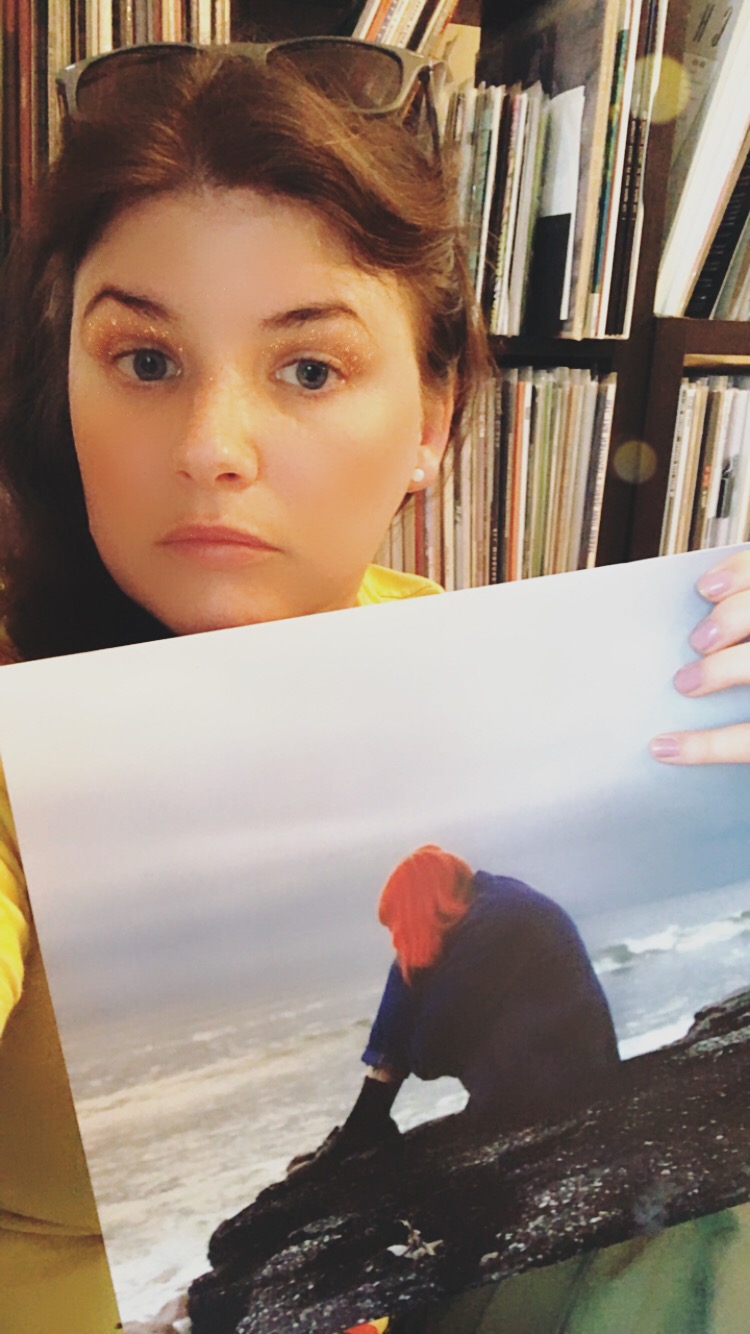Now Playing
Current DJ: Chris Siuty
Common & Pete Rock We're On Our Way from The Auditorium, Vol. 1 (Loma Vista) Add to Collection
Requests? 773-DJ-SONGS or .(JavaScript must be enabled to view this email address)
|
|
|
|
|
|
Some of us music lovers are old. Like, old enough to remember when the great James Brown went to prison. In late February 1991, the national news of his release was greeted by music lovers everywhere.
Despite what some Generation X members might tell you about our landmark record collections and our attendance at legendary small-club shows, none of us had seen James Brown perform. We only knew him as a mythical, god-like figure. Then, suddenly, one day in the early 1990s, James Brown records came out with fury.
Eight months after Brown’s parole, there was 20 All-Time Greatest Hits!—Polydor’s James Brown compilation album. The compilation went platinum and even graced the top 100 of Billboard’s R&B/Hip-Hop Albums in 1993. Everyone had it. (Really, everyone.)
Early promotional versions of the disc (plus other James Brown works) circulated the college radio circuit scene. And as a college DJ, I couldn’t resist playing his great songs—plus there were some fantastic extras, including Public Service Announcements Mr. Brown did, telling young people to keep away from crime.
Rumors circulated at the time that some of the PSAs were part of Soul Brother #1’s 1991 parole agreement, but in truth, some were recorded long before the time.
Anyhow, one of my favorites, the “Stay Away From Drugs" PSA, turned up not some years ago in video form. It’s worth a watch and is the perfect pick-me-up for a James Brown fan.
 by D-Rock: Apocalipstick Beatz
by D-Rock: Apocalipstick Beatz
VINYL RULES: or My Pandemic Project of Listening to My Entire Record Collection
A vinyl collection is a funny thing. Lots of people have them, but what is remarkable is how unique everyone’s collection is. Each collection will tell a story, almost too personal, if you allow it to. Each record is a little slice of life; what you were doing when this came out, or what little apartment you lived in when. Sometimes it’s a particular emotion or memory that you tie an album to. Sometimes good, sometimes not, but either way, it becomes a collection that is uniquely yours.
I started collecting vinyl in college, to play on a little Crosley, similar to the Fisher Price one I had as a kid. It started out innocently enough; I’d only collect my top ten records of all time. But as more music I loved was released on vinyl and the more I was exposed to life, the bigger the collection became.
At some point while living in Chicago, to curb the amassing collection, I made a new rule that I could only buy records by artists that I had seen live at a show. This was a good rule as a way to make me go to shows even when it was freezing out, and maybe even talk to the band at the sometimes awkward, sometimes amazing merch table. And so the little collection grew larger. Then I got married, and my husband has added his musical taste to mine and so, 12 years into marriage, I ended up with a lot more jazz, Dua Lipa and Katy Perry than I ever imagined for myself.